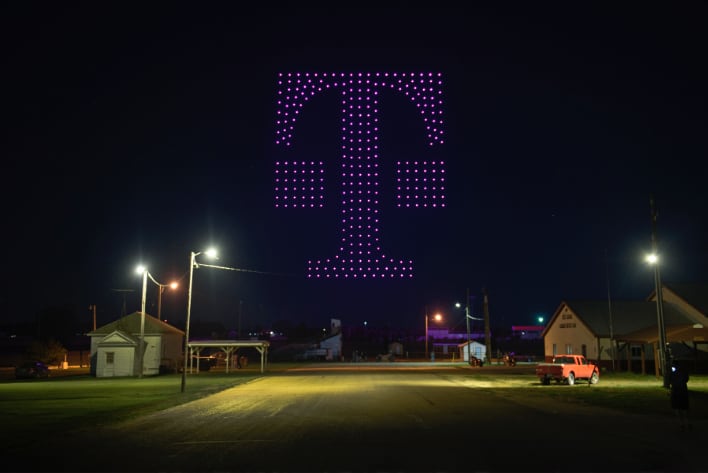T-Mobile Opens Up Mid-Range 5G Spectrum With 1Gbps Peak Downloads In 80 Additional Markets

Today, T-Mobile is beating its chest once again, revealing that it has opened up mid-band 5G spectrum operating at 2.5GHz to nearly 90 new cities and town across the United States. More importantly, T-Mobile isn’t just focusing on major metropolitan areas — as is Verizon’s current aim with its mmWave 5G network — but it is also targeting areas that have typically been underserved when it comes to high-speed wireless connectivity. So, this announcement also covers rural areas and the suburban sprawl outside of larger cities.
“This is our 5G strategy in action. Mid-band is the 5G spectrum, and T-Mobile has more of it than anyone,” said Neville Ray, President of Technology at T-Mobile. “We have nearly twice as much low and mid-band spectrum as AT&T and nearly triple that of Verizon. And that means T-Mobile is the only one capable of making the world’s best 5G network a reality.”
So how fast is this new mid-band 5G spectrum? Well, T-Mobile says that peak download speeds can hit 1Gbps, while customers can expect to see typical download speeds of 300Mbps. Even if customers are hitting 300Mbps, that’s still about twice as fast as the maximum 160Mbps peak download speeds that I see in the suburbs of Raleigh, North Carolina on a 4G LTE connection.
T-Mobile also took the opportunity to knock Verizon’s poor penetration with mmWave:
T-Mobile’s 2.5 GHz 5G delivers blazing fast speeds and expansive coverage with signals that go through walls, windows and trees, unlike 5G networks limited by mmWave spectrum. Each mid-band 2.5 GHz 5G site can cover tens of thousands of times the area that one mmWave site can cover, and can also penetrate obstructions (like walls).
For a full list of all of the new cities that have access to T-Mobile’s new 2.5GHz mid-band spectrum, click the following link.

